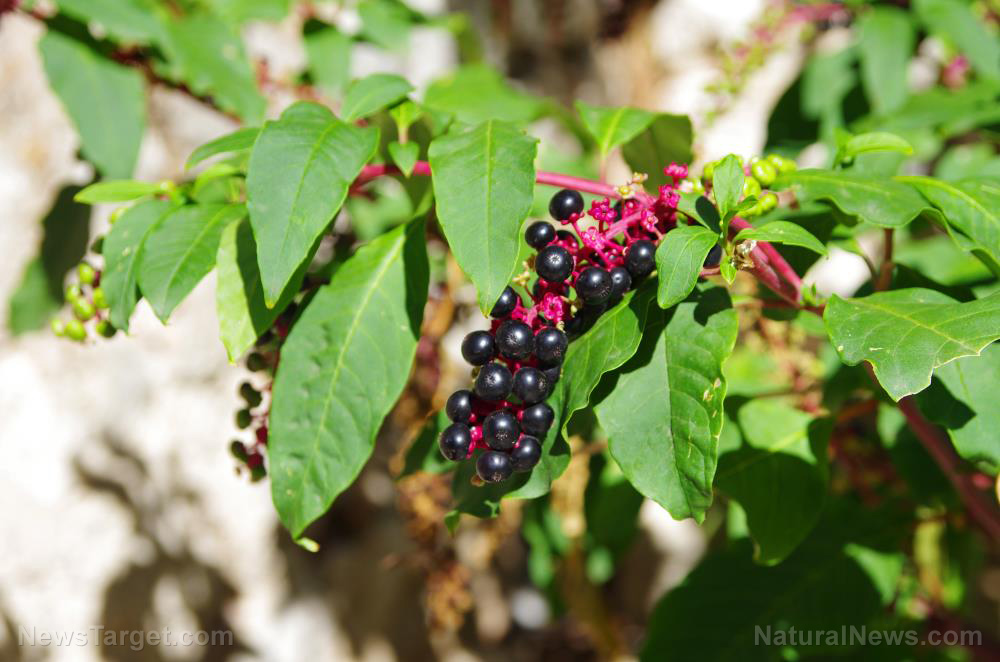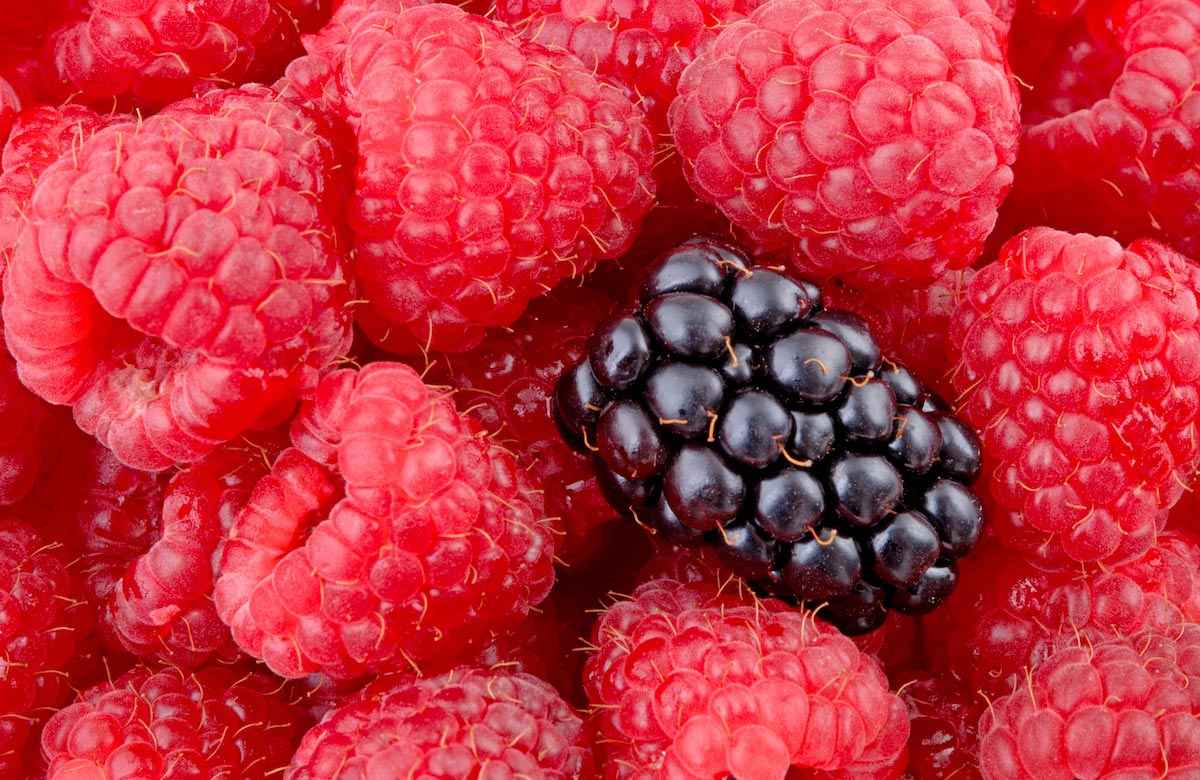
For most of us, getting stuck out in the wilderness may seem like a nightmare. After all, it can be hard – especially for those who aren’t trained in prepping and survival – to find your way through uncharted territory, let alone gather food and other forms of sustenance.
Luckily, there are some edible plants that are so common, you won’t have a hard time finding them.
Blackberries
Wild blackberries are among the easiest plants to recognize, even when you’re out in the wild. These plants are known for having red branches with long thorns and wide, green and jagged leaves.
According to survival experts and experienced foragers, blackberries are easiest to find in the spring, when their white flowers bloom. This plant’s five-pointed flowers can often be found clustered all around the bush, making them easy to spot. The berries, however, ripen around August to September, depending on where you live.
Dandelions
One of the most common varieties of edible weeds, dandelions can be recognized by their bright yellow flowers. A versatile plant, the dandelion’s flowers can be eaten in a salad, while the leaves can also be cooked and eaten like spinach. The roots are used medicinally for liver support.
Dandelions are known to be packed with vitamin A, vitamin C and beta-carotene.
Kudzu
Known to the scientific community as Pueraria montana, the kudzu is native to Japan, where it is cultivated for its beautiful vines and foliage. In the United States, however, it is an invasive species that is best known for being “The Vine That Ate The South.”
Its fast-growing and invasive nature aside, the kudzu is valued for its leaves, flowers, roots and vine tips, all of which are edible and medicinal.
The leaves are similar to spinach and can be eaten raw, or added to quiches, cooked in stews and even deep-fried. Young kudzu shoots, meanwhile, are tender and have a taste that’s very similar to snow peas.
Watercress
An aquatic plant in the Brassicaceae family, watercress is related to mustard and horseradish and has a similar peppery flavor.
One of the earliest vegetables cultivated by man, watercress is said to possess medicinal properties. Watercress is also very nutritious, as it contains high amounts of vitamin A, vitamin C, B vitamins, vitamin K, vitamin E and vitamin C. It is also a good source of calcium, iron, potassium and iodine.
Purslane
Considered an obnoxious weed in the United States, purslane is a nutrient-packed plant that can provide sustenance to anyone stranded in the wilderness.
Known for having a refreshingly sour taste, purslane is rich in vitamin C and B-complex vitamins, as well as minerals such as potassium, magnesium, calcium, phosphorus and iron.
Purslane can be eaten raw or, if you want to remove the sour taste, boiled.
How will I know if a plant is edible?
Mistakenly eating a poisonous or toxic plant is a worry that pops up whenever problems such as getting stranded in the wilderness arise. After all, eating even just a tiny bite of a toxic plant can cause numerous health problems – some of which can be fatal. (Related: Berry foraging: How to identify and harvest 8 wild berries.)
Because of this, some survival experts have devised a test that can help determine a plant’s edibility. This is especially helpful if you come across a plant that you are not familiar with in the wilderness.
- Uproot a specimen then take samples from each part of the plant. Make sure you select healthy plant matter that is free from damage and insects.
- Smell the pieces: a strong, almond odor is a strong indication that the plant is toxic.
- Test for contact poisoning by placing a small piece of the plant on your inner elbow or wrist. Let the plant part sit for 15 minutes. If your skin burns, itches or reacts in any way, don’t eat the plant.
- If the plant passes the skin test, prepare a small portion the way you plan to eat it, such as boiling.
- Next, place the cooked plant part on your tongue for 15 minutes. DO NOT CHEW.
- If all seems well, move to the next step and chew for 15 minutes but DO NOT SWALLOW.
- If everything seems good, swallow the cooked plant part. Do not eat again for eight hours. Drink plenty of filtered water during this period.
- If nothing happens in eight hours, eat 1/4 cup or 30 grams of the plant and then wait for an additional eight hours. If all seems well, the plant is safe to ingest.
- Try this method for every plant part you plan on using.
Getting lost in the wilderness can be a daunting experience, especially if you aren’t really familiar with foraging. It’s a good thing then that foraging -- as well as other forms of bushcraft -- can be easily learned and perfected.
Learn more about how to survive in the wilderness by browsing stories at Survival.news.
Sources include:
Please contact us for more information.















